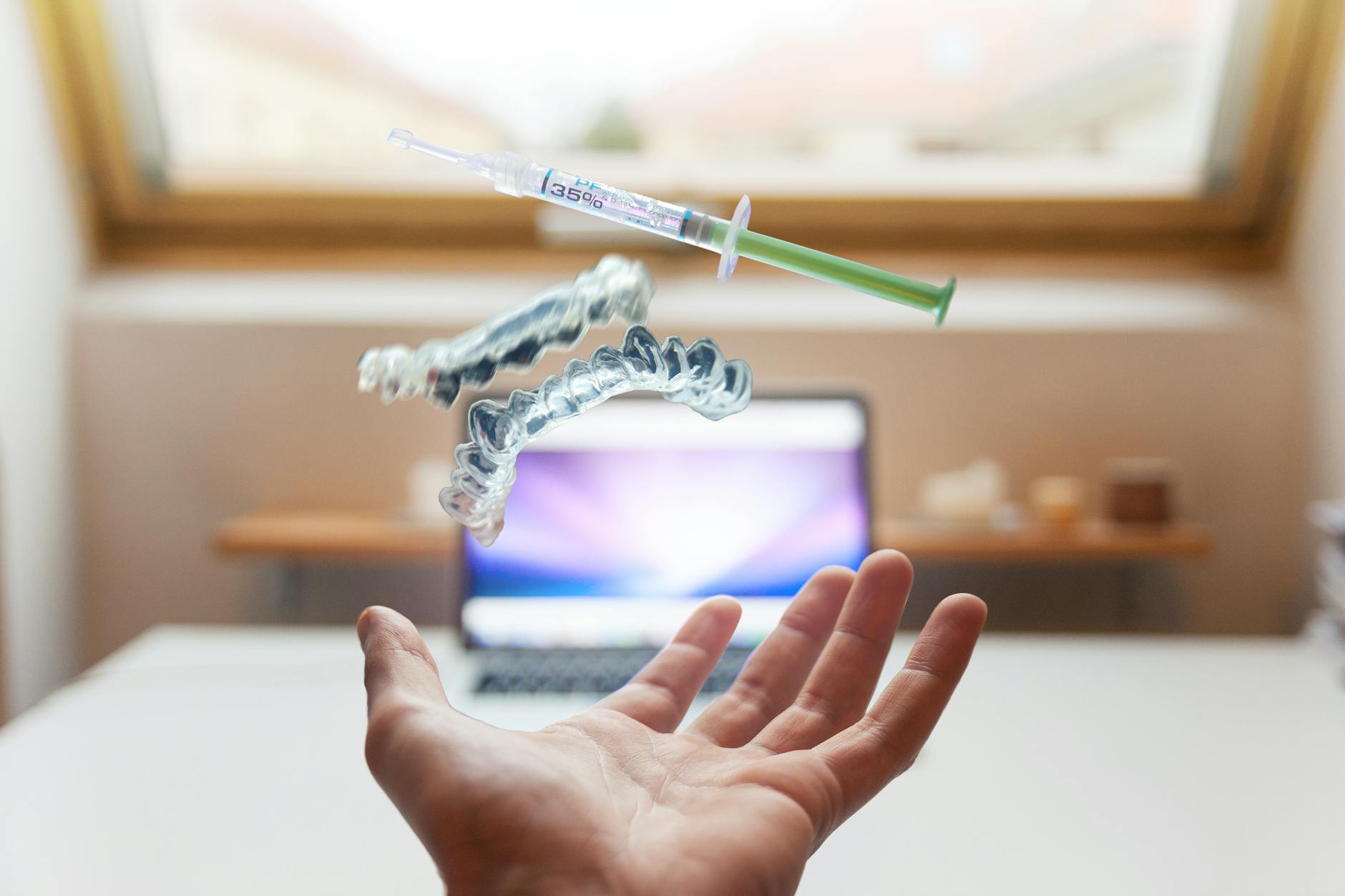Revolutionary $2 Gold Nanotech Test: Diagnose Deadly Diseases in Minutes!
Imagine a world where deadly diseases can be diagnosed in a matter of minutes, and treatment can begin promptly. Thanks to a groundbreaking innovation in gold nanotechnology, this is now a reality. A $2 gold nanotech test has the potential to revolutionize the healthcare industry, saving countless lives and transforming the way we approach disease diagnosis.

"This technology has the potential to democratize access to quality healthcare," says Dr. Maria Rodriguez, a leading expert in nanotechnology and disease diagnosis. "It's a game-changer for resource-poor communities and remote areas where access to advanced medical facilities is limited."
The Science Behind the $2 Gold Nanotech Test
The innovative test utilizes gold nanoparticles to detect biomarkers for diseases such as cancer, tuberculosis, and malaria. These tiny particles, measuring just a few nanometers in size, are incredibly sensitive and can detect even the slightest presence of disease biomarkers in a patient's blood or urine sample.
How the $2 Gold Nanotech Test Works
The test involves a few straightforward steps:
- A small sample of blood or urine is collected from the patient.
- The sample is then mixed with the gold nanoparticles, which are specifically designed to bind to disease biomarkers.
- The mixture is placed on a paper strip, similar to a pregnancy test.
- The strip is then dipped into a special solution, which causes the gold nanoparticles to change color in the presence of disease biomarkers.
- The results are visible within minutes, with a distinct color indicating the presence of a particular disease.

Future Implications of the $2 Gold Nanotech Test
The potential impact of this technology is enormous. With the ability to detect deadly diseases in a matter of minutes, healthcare professionals can:
- Provide prompt treatment, reducing mortality rates and improving patient outcomes.
- Identify diseases at an early stage, when they are more easily treatable.
- Reduce the economic burden of disease diagnosis and treatment.
- Enable remote and resource-poor communities to access quality healthcare.
According to the World Health Organization (WHO), early diagnosis and treatment are critical in reducing the spread of diseases. (Read more: WHO Q&A on Disease Diagnosis)
Actionable Advice: Harnessing the Power of the $2 Gold Nanotech Test
As this technology continues to evolve and become more widely available, it's essential to stay ahead of the curve. Here are some actionable tips for healthcare professionals, researchers, and patients:
- Stay informed: Continuously update your knowledge on the latest advancements in gold nanotechnology and its applications in disease diagnosis.
- Collaborate and share: Share research findings, best practices, and patient outcomes to accelerate the adoption of this technology.
- Advocate for accessibility: Push for the widespread availability of the $2 gold nanotech test, particularly in resource-poor communities.
- Integrate with existing infrastructure: Explore ways to integrate this technology with existing healthcare systems, streamlining diagnosis and treatment processes.
Key Takeaways
- The $2 gold nanotech test can detect deadly diseases such as cancer, tuberculosis, and malaria in minutes.
- The test uses gold nanoparticles to detect biomarkers for diseases in blood or urine samples.
- Early diagnosis and treatment can significantly improve patient outcomes and reduce mortality rates.
Conclusion
The $2 gold nanotech test has the potential to revolutionize the healthcare industry, saving countless lives and transforming the way we approach disease diagnosis. As this technology continues to evolve, it's essential to stay informed, collaborate, and advocate for its widespread adoption. By harnessing the power of this innovation, we can create a brighter, healthier future for all.

What are your thoughts on the $2 gold nanotech test? Share your insights and questions in the comments below!
Further Reading:
- Original Research Paper: Gold Nanoparticles in Disease Diagnosis
- (Read more: Our Guide to Nanotechnology in Medicine)
- WHO Fact Sheet on Malaria
Comments
Post a Comment